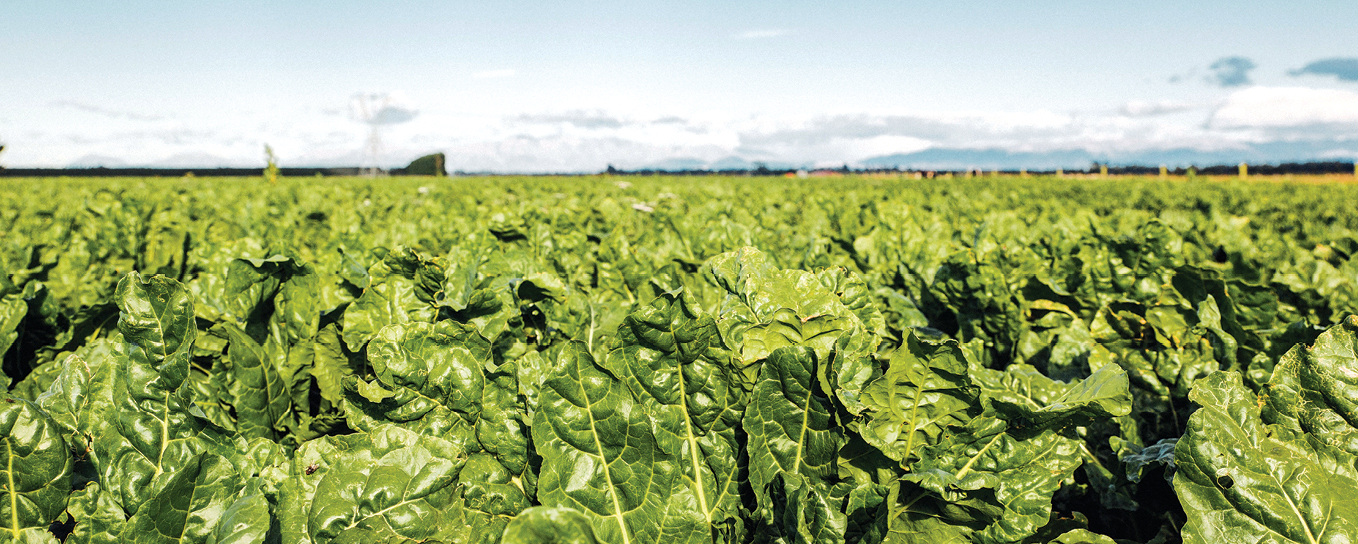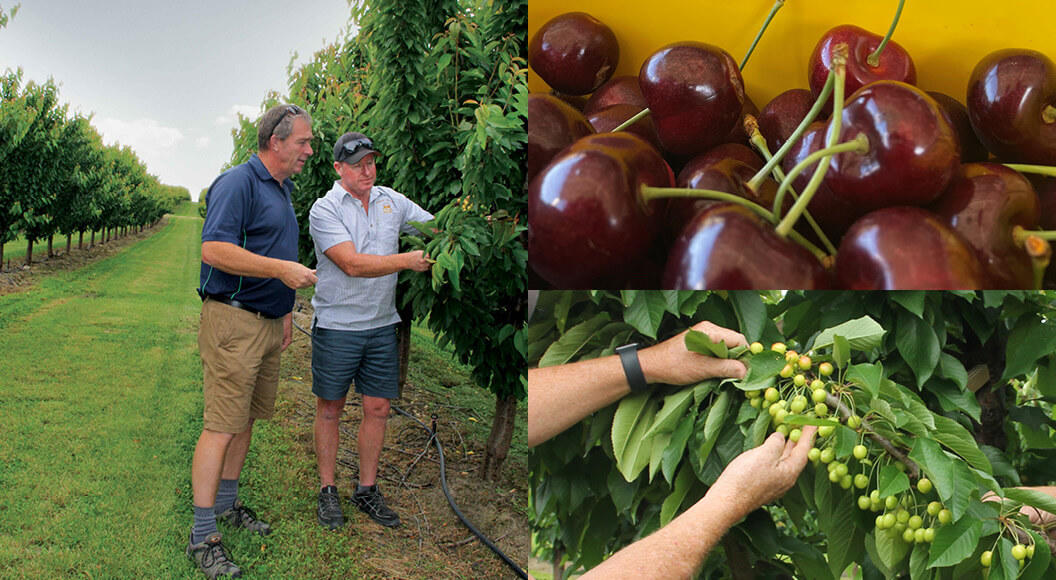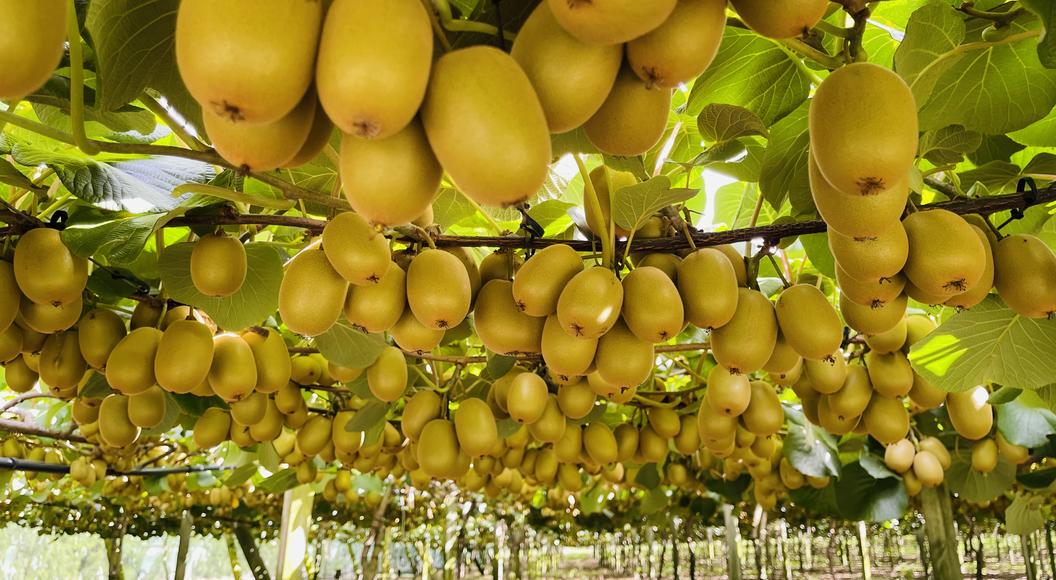Video or image

Getting the best from your fodder beet crops
Getting good yield from your beet crop takes some good decisions, timing and the weather playing ball.
Most of the work with beet is right at the start, but remember to focus on four key things once the crop is established to maximise yields.
- Canopy development
Beet crop yields are mostly grown over the summer months. The crop does this by converting sunlight, water and nutrients into yield. The amount of light absorbed by the leaves of the crop is directly proportional to the final yield. If you can see areas of bare ground in your crop, the sunshine hitting that ground is wasted and not converted into yield. A good established population and driving growth with fertiliser is key to obtaining a full canopy. - Weed control
Fodder beet is a weak competitor which means if another plant is too close to it the size of the beet reduces. Precision sowing allows spacing of plants so they don’t compete directly with other beet plants, but weed control is critical for maximum yields. Weed control in beet is more difficult than other crops due to the type and limited number of herbicides available to use over the crop. However, with careful rate selection and timing, it is possible. Make sure you don’t give up too early and keep an eye out for late strikes and the usual suspects, Californian thistle and couch, which arrive later than other weeds. - Canopy maintenance
After fighting hard to develop a full canopy through spring, there can be factors which prevent the crop holding it over summer. Some can’t be prevented, such as extreme hot weather. Others are difficult to stop, such as wild animals coming out of the bush for a snack. We can, however, do something about other factors, such as fertility and disease. Make sure you have done a soil test and apply the required amount of fertiliser to target the yield you are after. When disease pressure increases in mid-summer, monitor and consider using a fungicide at the first signs to keep the canopy clean. Some of the common diseases seen are powdery mildew (Ersiphe betae) and rust (Uromyces betae). The canopy drives total yield so any loss can cause the plant to use resources to generate new leaves. If the canopy reduces and bare ground is visible, then you are missing your maximum potential yield in your crop. - Bolter removal
Bolters are part of growing beet but it should only be at a low level in your crop. Make sure you take the time to remove these before any seeds set so you can avoid contaminating your paddocks with weed beet. Weed beet prevents future crops of beet being grown as found in the United Kingdom, and this is already starting to occur in New Zealand.
Higher winter feed crop yields lower your cost of feed which helps keep your operation profitable. If you would like more information or advice in the field about your fodder beet crop, contact your local PGG Wrightson representative who is up to date with all the latest technology and tools to maximise the yield of your winter crops.


